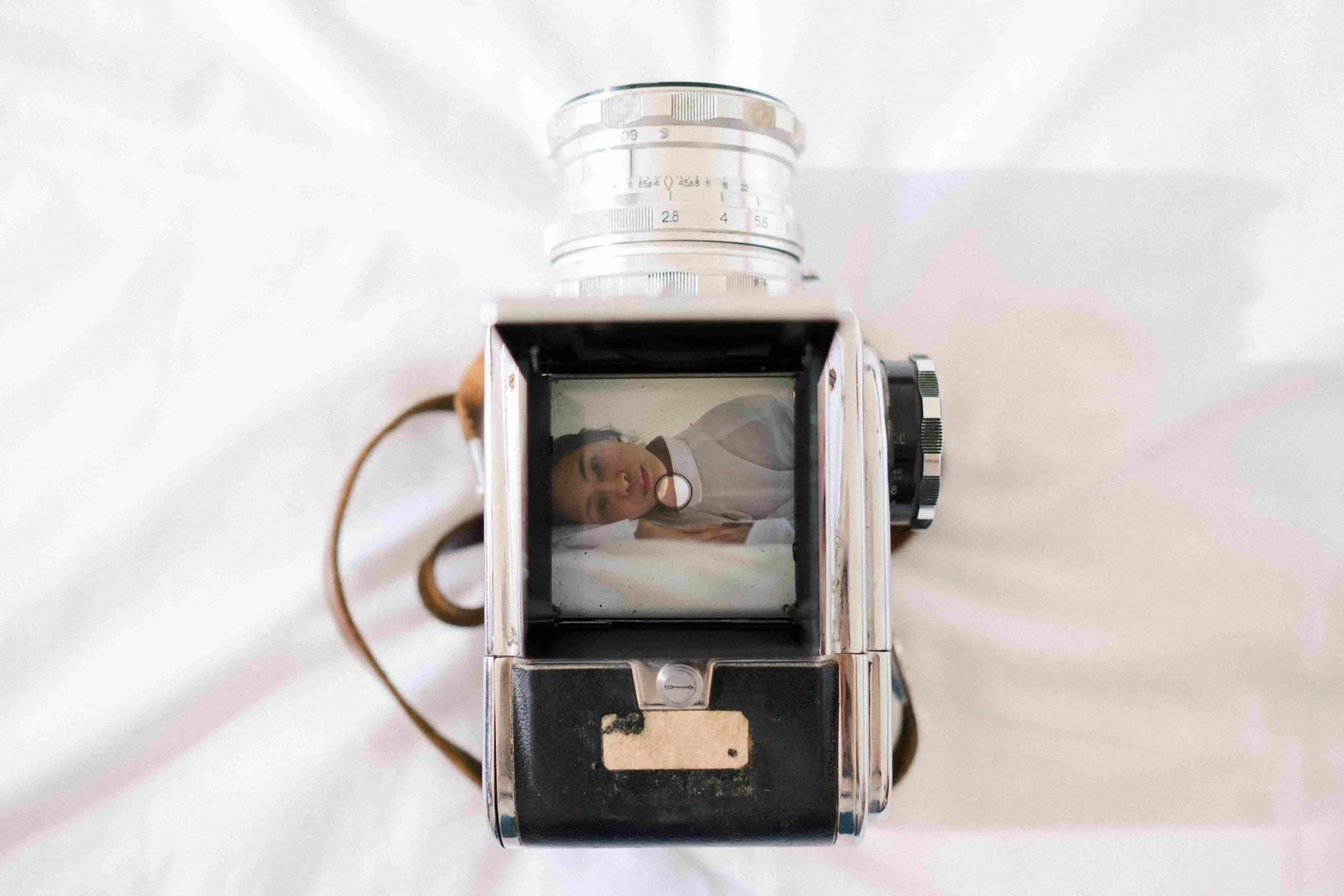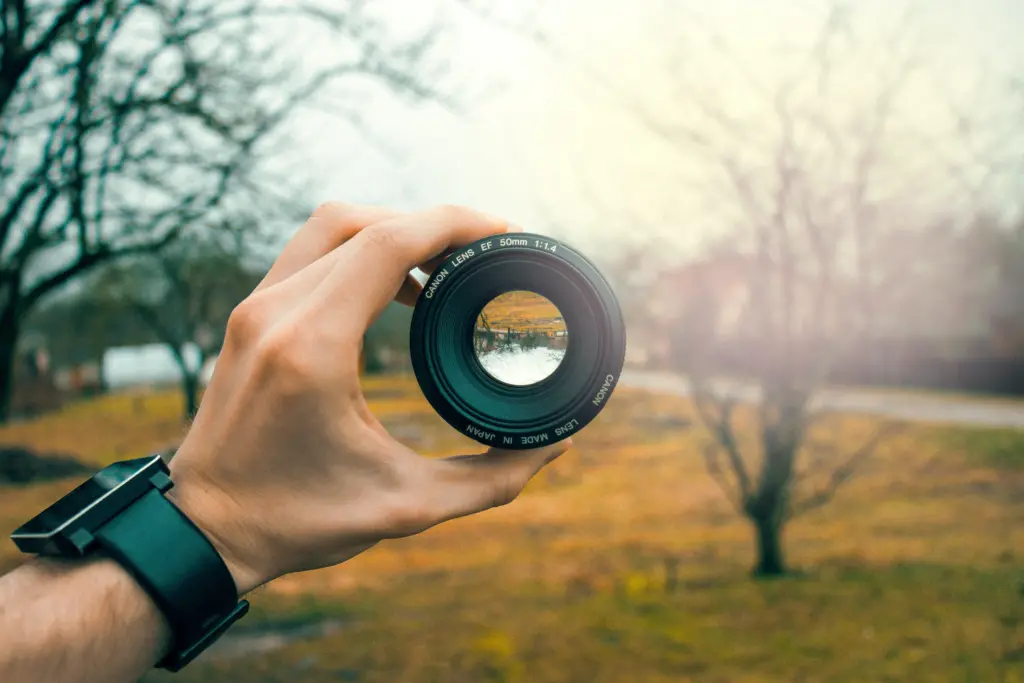What is the point and shoot film camera?
A point and shoot film camera is a compact camera designed for simple and straightforward photography. It is easy to use and ideal for beginners who want to learn the basics of photography. Point and shoot cameras typically have a fixed lens and automatic exposure settings, making them perfect for capturing everyday moments. They are smaller and more portable than traditional film cameras, making them ideal for travel and street photography. Point and shoot film cameras can be found in a variety of formats, including 35mm, and APS, and are compatible with a range of films, allowing for creative experimentation with different types of film. They offer a simple, convenient, and enjoyable way to capture images on film.
A point and shoot film camera is a compact camera designed for simple and straightforward photography. It is easy to use and ideal for beginners who want to learn the basics of photography. Point and shoot cameras typically have a fixed lens and automatic exposure settings, making them perfect for capturing everyday moments. They are smaller and more portable than traditional film cameras, making them ideal for travel and street photography. Point and shoot film cameras can be found in a variety of formats, including 35mm and APS, and are compatible with a range of films, allowing for creative experimentation with different types of film. They offer a simple, convenient, and enjoyable way to capture images on film.
Why choose a point and shoot film camera?
There are many reasons why someone might choose to use a point-and-shoot film camera over a digital camera or even a traditional film camera with interchangeable lenses. Firstly, point-and-shoot film cameras are often smaller and more compact than their interchangeable lens counterparts, making them easier to carry around and use on the go. They also tend to be simpler to operate, with fewer settings to adjust and fewer technical skills required to achieve great results.
Additionally, shooting with a point and shoot film camera can be a nostalgic and rewarding experience. The process of loading film, manually advancing frames, and waiting for the finished product can be a welcome break from the instant gratification of digital photography. Point and shoot film cameras can also produce unique and unpredictable results, thanks to their fixed lenses and built-in flashes.
Another benefit of using a point and shoot film camera is their affordability. While high-end models can be expensive, there are plenty of options available at reasonable prices, making them accessible to a wide range of photographers. Finally, shooting with a point and shoot film camera can be a great way to develop your photography skills, as you learn to work within the limitations of the camera and focus on composition and lighting rather than technical settings.
A brief history of point and shoot film cameras!
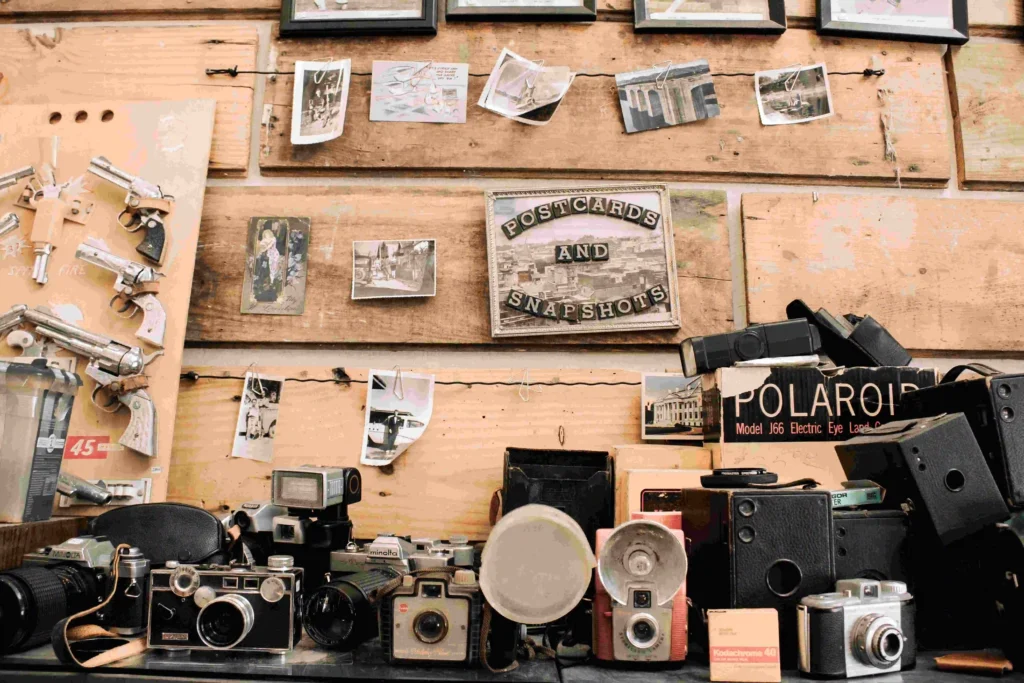
Point and shoot film cameras first appeared in the 1970s and quickly gained popularity due to their compact size, ease of use, and affordable price point. The introduction of automatic exposure and autofocus systems in the 1980s further improved their functionality.
By the 1990s, point and shoot film cameras had become a common household item, with numerous manufacturers producing a wide range of models to suit different needs and budgets. However, with the advent of digital photography in the early 2000s, their popularity began to wane, and the production of new models declined.
Despite this, many photographers still prefer using point-and-shoot film cameras for their simplicity, unique character, and the tangible quality of the film. The resurgence of interest in film photography in recent years has also led to a renewed appreciation for the charm and practicality of these cameras.
Factors to Consider when Choosing a Point and Shoot Film Camera
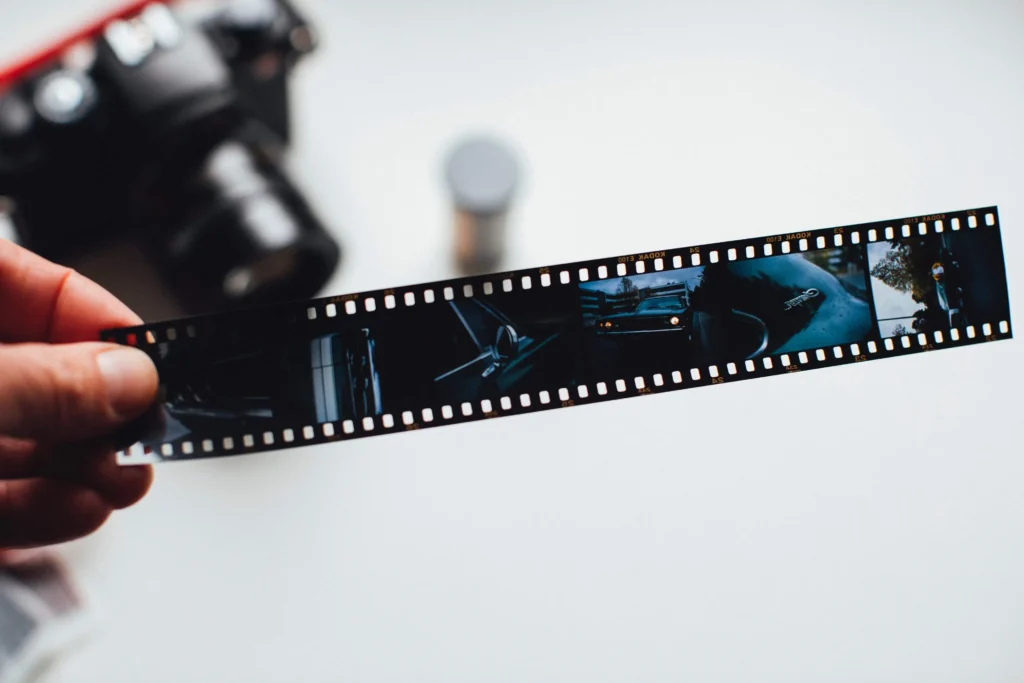
- Film format: Refers to the size and type of film used. Popular formats include 35mm and medium format.
- Lens quality and aperture: Affects the sharpness and depth of the field of images. A wider aperture allows more light and a shallow depth of field.
- Viewfinder type: Determines how the image is composed and framed. Options include optical, electronic, and rangefinder viewfinders.
- Focus system: Determines how the camera focuses. Options include manual, autofocus, and zone focusing.
- Size and weight: Affects portability and ease of use. Smaller cameras are more portable, but may have limited features.
- Price range: Varies widely based on brand, features, and condition. Can range from affordable to expensive depending on the camera.
Top 5 Best Point and Shoot Film Cameras
A. Leica Minilux

Camera Features:
- Compact film camera
- 40mm f/2.4 Leica Summarit lens
- Autofocus infrared and passive detection
- Exposure control with the program, aperture priority, and manual modes
- Built-in light meter
- Electronically-controlled vertical metal-blade focal plane shutter
- Shutter speed range of 1/4000 to 30 seconds
- Built-in flash with automatic and manual modes
- Hot shoe for external flash
- Uses 35mm film
- Motorized film advance system
- Sleek, minimalist design
- Built-in lens cover that slides open and closed automatically
B. Olympus Stylus Epic
Camera Features:
- Compact film camera
- Zuiko 35mm f/2.8 lens
- Autofocus with spot and multi-zone modes
- Program and aperture priority exposure modes
- Exposure compensation up to +/- 2 EV
- Shutter speed range of 4 to 1/1000th of a second
- Built-in flash with red-eye reduction
- LCD panel displaying exposure information
- Weather-resistant body
- Automatic film loading and advance
- Compact and lightweight design
- Powered by one CR123A battery
C. Ricoh GR I
Camera Features:
- Compact digital camera
- APS-C sized 16.2 megapixel CMOS sensor
- Fixed 18.3mm f/2.8 lens
- Manual focus ring
- RAW and JPEG shooting modes
- ISO range of 100-3200 (expandable to 25,600)
- Shutter speed range of 300 seconds to 1/4000th of a second
- Built-in flash with red-eye reduction
- 3-inch LCD screen
- Full HD video recording at 30fps
- Time-lapse shooting mode
- Wi-Fi connectivity
- Compact and lightweight design
D. Contax T2
Camera Features:
- Compact film camera
- Carl Zeiss Sonnar 38mm f/2.8 lens
- Autofocus with spot and multi-zone modes
- Program and aperture priority exposure modes
- Exposure compensation up to +/- 2 EV
- Shutter speed range of 1/500th to 2 seconds
- Built-in flash with red-eye reduction
- LCD panel displaying exposure information
- Titanium body construction
- Automatic film loading and advance
- Compact and lightweight design
- Powered by one CR123A battery
E. Yashica T4
Camera Features:
- Compact film camera
- Carl Zeiss Tessar 35mm f/3.5 lens
- Autofocus with spot and wide-area modes
- Program and aperture priority exposure modes
- Exposure compensation up to +/- 2 EV
- Shutter speed range of 1/700th to 2 seconds
- Built-in flash with red-eye reduction
- LCD panel displaying exposure information
- Weather-resistant body
- Automatic film loading and advance
- Compact and lightweight design
- Powered by one CR123A battery
Other Notable Point and Shoot Film Camera
A. Nikon 35Ti
Camera Features:
- Compact film camera
- Nikkor 35mm f/2.8 lens
- Autofocus with spot and wide-area modes
- Program and aperture priority exposure modes
- Exposure compensation up to +/- 2 EV
- Shutter speed range of 1/500th to 2 seconds
- Built-in flash with red-eye reduction
- LCD panel displaying exposure information
- Titanium body construction
- Automatic film loading and advance
- Compact and lightweight design
- Powered by one CR2 battery
B. Minolta TC-1
Camera Features:
- Compact film camera
- 28mm f/3.5 Minolta G-Rokkor lens
- Autofocus with spot and wide-area modes
- Program and aperture priority exposure modes
- Exposure compensation up to +/- 2 EV
- Shutter speed range of 1/4 to 1/750th of a second
- Built-in flash with red-eye reduction
- LCD panel displaying exposure information
- Manual film advance and rewind
- Compact and durable design
- Powered by one CR2 batter
Shooting Tips for Point and Shoot Film Cameras
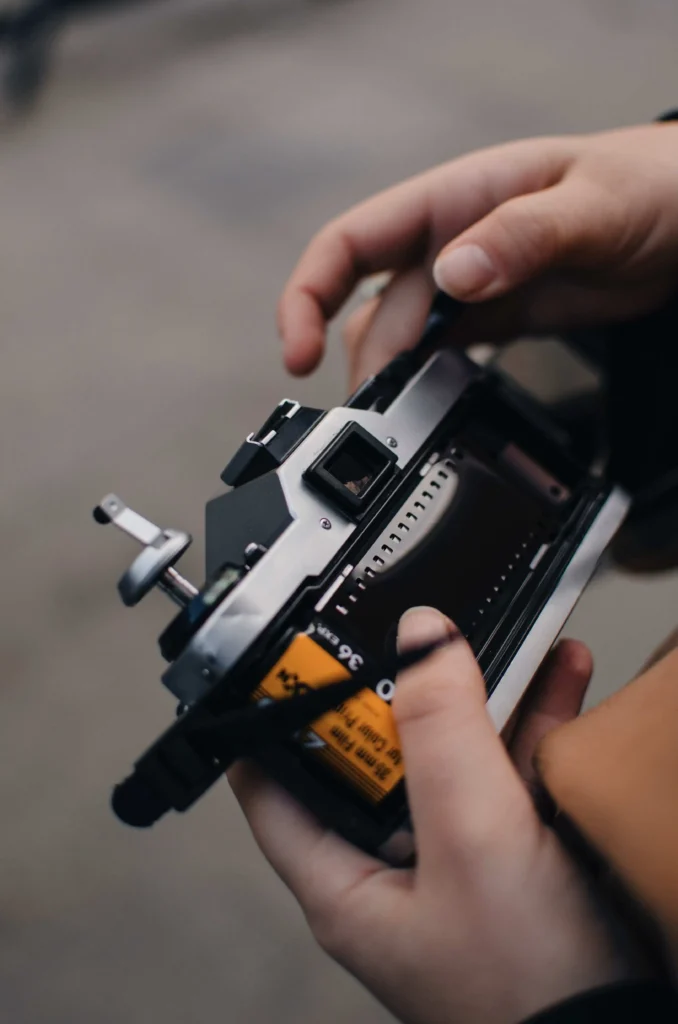
- Be mindful of the lighting conditions: Since point and shoot cameras are generally fixed-lens cameras, you won’t be able to adjust the aperture or shutter speed. Therefore, you need to be aware of the lighting conditions when you shoot. Try to shoot during the golden hours when the sun is low in the sky, or in well-lit environments indoors.
- Pay attention to the focus: Most point-and-shoot cameras have autofocus systems, but they may not always work as expected. Be sure to check your focus before you take the shot. You can use the focus lock feature if your camera has it.
- Use the flash when necessary: Point-and-shoot cameras typically have built-in flashes. While it’s best to shoot in natural light whenever possible, using the flash can help in low-light situations.
- Consider the film speed: Film speed, measured in ISO, determines how sensitive the film is to light. Higher ISO films are more sensitive and are better suited for low-light situations, but they tend to have more grain. Lower ISO films produce less grain but are less sensitive to light.
- Experiment with composition: Point-and-shoot cameras can produce some unique results due to their fixed lenses. Try experimenting with different compositions and framing to get a different perspective on your subjects.
- Take your time: With point and shoot cameras, you only have a limited number of shots per roll of film. Take your time to compose and focus each shot carefully.
- Practice, practice, practice: Like any other skill, the more you practice, the better you’ll get. Try shooting in different conditions and experimenting with different film stocks to see what works best for you.
Maintenance and Care for Point and Shoot Film Cameras
Proper cleaning and storage techniques: Keeping your point and shoot film camera clean and properly stored is essential for its longevity. Use a microfiber cloth to clean the body and lens. Avoid exposing the camera to extreme temperatures or moisture. Store it in a cool, dry place.
Battery replacement and upkeep: Make sure to regularly check the battery of your point and shoot film camera. Replace them as needed, and remove them when not in use for extended periods. Properly dispose of old batteries. Keep the battery contacts clean to ensure proper performance.
Repair options and resources: If your point and shoot film camera needs repairs, consider sending it to a reputable camera repair shop. Research the options in your area, and read reviews. Some manufacturers also offer repair services. Keep in mind that repairs can be costly, so weigh the cost versus the value of the camera.
Conclusion
Point and shoot film cameras offer many benefits that cannot be replicated by digital cameras. They provide a unique shooting experience and can produce high-quality images with a distinct look and feel. Point and shoot film cameras are also compact, lightweight, and easy to use, making them ideal for travel and everyday use. Their simple operation and lack of complex settings make them perfect for beginners and those who want to focus on capturing the moment rather than adjusting camera settings.
In conclusion, if you are looking for a camera that can provide a unique shooting experience and produce high-quality images with a distinct look and feel, then a point and shoot film camera may be the right choice for you. However, it’s important to consider your shooting needs and preferences before making a purchase. Do your research, read reviews, and consider factors such as film format, lens quality, and viewfinder type. With proper care and maintenance, a point and shoot film camera can provide you with many years of enjoyment and beautiful photographs.

